
S.S. Purohit

40 books


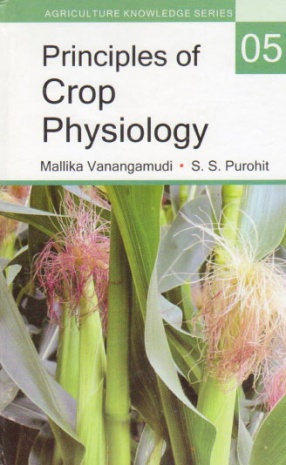
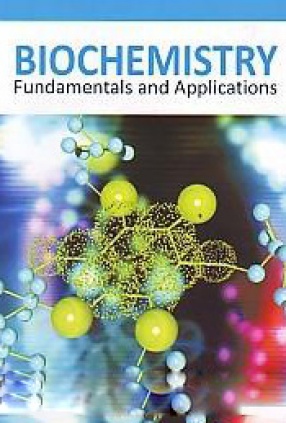

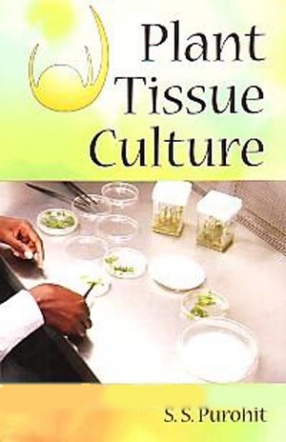
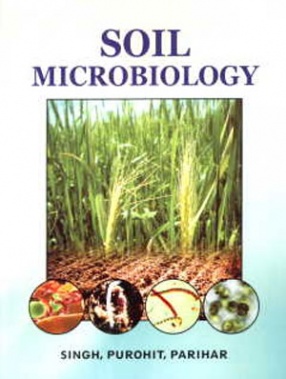

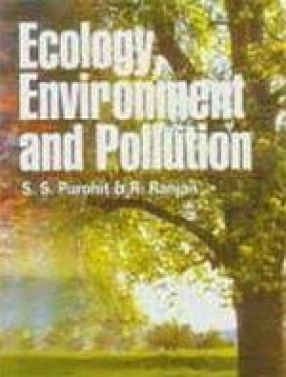

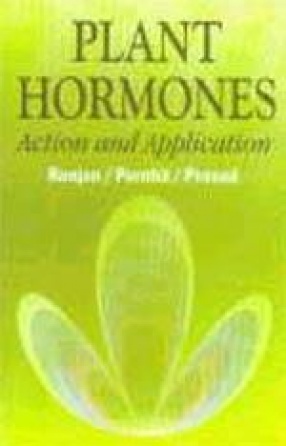


Contents: 1. History of microbiology. 2. Metabolism in bacteria: ATP generation. 3. Chemoautotrophy and photoautotrophy. 4. Respiration in bacteria. 5. Bacteriophages. 6. Viroids and prions. 7. Bacterial genetics. 8. Genetic recombination. 9. Genetic engineering. 10. Plasmids and episomes. 11. Genetically modified organisms (GMO). 12. Soil microbiology. 13. Microbial transformation of carbon. 14. Microbial transformation of nitrogen and biological nitrogen ...

Contents: 1. Introduction. 2. Seed physiology. 3. Seed viability and vigour. 4. Growth and development. 5. Crop water relations. 6. How do materials pass through membranes?. 7. Absorption of water and mineral elements by plants. 8. The ascent of sap. 9. Organic transport in plants. 10. Transpiration. 11. Photosynthesis: introduction. 12. Photosynthetic apparatus: chloroplast. 13. Photosystems in chloroplast. 14. Photoionization and photophosphorylation. 5. Path ...

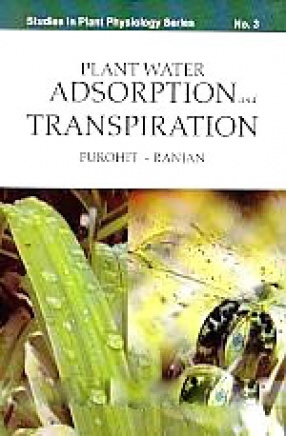
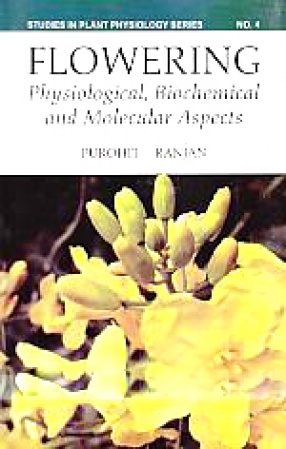
The Flowers of Angiosperms have fascinated both humanists and naturalists for as long. Flowers are the source of love, affection, emotions, Inspiration on one hand, while it is the prime source of Fruits and Seeds that make up the bulk of the world's food Supply has given near-religious significance to flowering in many cultures. This Book provides a simplified description of the flowering at the molecular, biochemical, organelle, cell and organ levels of ...

Mutation means a sudden phenotypic change in a character of an individual, not due to crossing or segregation of an alteration in the macro-molecule of DNA (where it remains open, whether the alteration leads to a change in gene function or not). It also means the augmentation of genetic material through nucleotide or gene copies, through additional individual chromosomes, as well as through the multiplication of whole genomes towards polyploidy.
Plant breeding ...


Soil microbiology focuses on the soil viruses, bacteria, actinomycetes, fungi, algae and protozoa, but it has traditionally also included investigations of the soil animals such as the nematodes, mites, and other microarthropods. These organisms, collectively referred to as the soil biota, function in a belowground ecosystem based on plant roots and litter as food sources. Modern soil microbiology represents an integration of microbiology with the concepts of ...
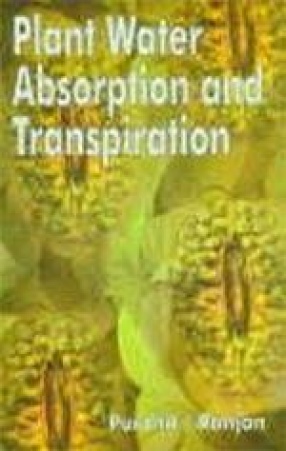
Water absorption by plants and its subsequent translocation to leaves are passive processes, which do not consume any metabolic energy generated by plants. The absorbed water is evaporated by plants mainly through stomata. This loss of water from the aerial parts of the plant is termed as transpiration and occurs almost entirely through the leaves. The loss of water from a leaf surface takes place mainly through the stomata. The book presents an over all ...

The present book describes the uses of biotechnology with special reference to genetic and protein engineering, plant and animal tissue culture, protoplast culture, micropropagation, synthetic seed production, methods of crop improvement, forestry development, nitrogen fixation efficiency, energy production, agro-industry, secondary metabolites production, biomass energy production, and animal health, artificial animal breeding, microbial biocides, application to ...

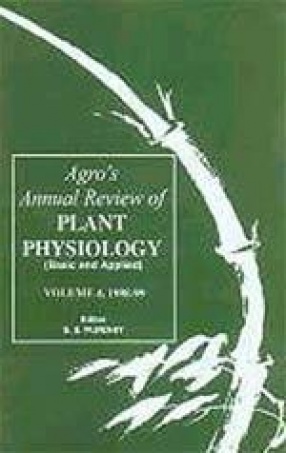

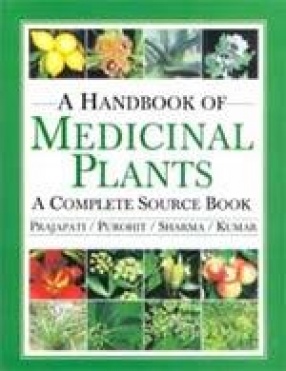
A Handbook of Medicinal Plants (A Complete Source Book), is the first book of its kind. The book describes more than 1346 medicinal plants found in the world. The book includes vernacular names, description, distribution, part use, utilization, active principles, agronomic practices and colour plates (about 870 photographs). Separate chapters on organic farming, biofertilizers and biopesticides uses for sustainable cultivation of medicinal plants tips for ...

A national seminar on approaches for plant production under environmental stresses was jointly organized by Indian Society for Plant Physiology (ISPP) and Rajasthan Agricultural University (RAU) and Durgapura (Jaipur), Research Campus of the University. The present treatise is the outcome of those efforts. The volume includes contributory research papers, and review articles on various basic, application oriented (basic and applied) aspects of plant improvement ...
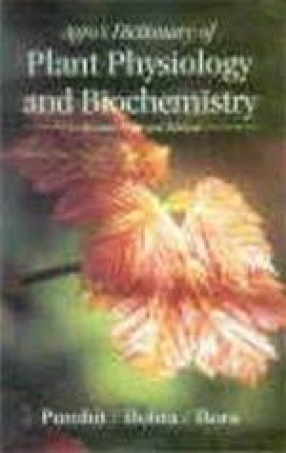
The Agro’s Dictionary of Plant Physiology and Biochemistry has been prepared to provide current knowledge of the subject to the readers. With more and more specialization and expansion of the subject in last five years, many new terms have been introduced. Most of them have been incorporated in the present text.

New information keeps on expanding and enriching every sphere of knowledge. Plant Physiology is more like a rule of this dictum. The primary motivation for preparing this text was our own need for organizing a document on the subject that presents the current scenario of advancements in fundamental concepts and the perspectives of application.Amidst our endeavour, we came across a quotation of Albert Einstein. It conveyed the need of equal emphasis on ...

The flowers of angiosperms have fascinated both humanists and naturalists for as long. Flowers are the source of love, affection, emotions, inspiration on one hand, while it is the prime source of fruits and seeds that make up the bulk of the world’s food supply has given near-religious significance to flowering in many cultures. This book provides a simplified description of the flowering at the molecular, biochemical, organelle, cell and organ levels of ...

This book provides a simplified description of the photosynthesis at the molecular, biochemical, organelle, cell and organ levels of organization in plants, which contribute to the complex processes. It considers how photosynthesis and biochemistry determines the physiological characteristics of plants and production of dry matter. The text links the fundamentals of light capture by pigment molecules to the generation of high-energy organic molecules and their ...


Earth is truly a marvelous third planet and 93,000,000 miles (150,000,000 km.) from the sun. Earth’s atmosphere is a gaseous envelope that surrounds the earth planet. It consists of a mixture of gases such as nitrogen, oxygen, carbon dioxide, traces of noble gases (argon, krypton, xenon neon and helium), water vapour and small amount of ammonia, ozone, organic matter, various salts and suspended solid particles. Air is one of the most important ...

There are five classes of compounds in the premier division of endogenous plant growth regulators. These are auxins, gibberellins (GAs), cytokinins (CKs) abscisic acid (ABA) and ethylene. Broadly speaking, the auxins and GAs have been classified as regulators of cell elongation, the CKs as regulators of cell division. ABA as a general inhibiting influence and ethylene as a volatile with a finger in numerous "developmental pies". Descriptions such as ...

Around 5000 years before the Indian System of Medicine has given the message of Sarve santu niramayah. It shows the broad vision of our sages since ancient time. The Traditional Medicine is practiced in virtually all countries of WHO’s South-East Asia Region. Even in smaller countries such as Bhutan and Maldives, the science and the art of traditional medicine has been practiced through the ages. Traditional Medicine practitioners in the Region have provided ...
